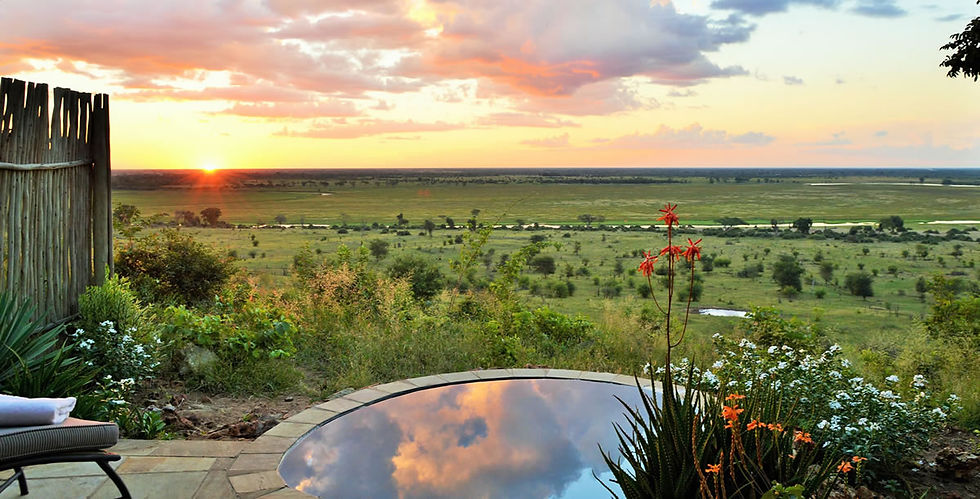
Chobe National Park
WHY TRAVEL HERE?
-
Chobe National Park is a great, untamed wilderness, with four distinct eco-systems.
-
Situated in the north-east of Botswana, it takes its name from the Chobe River on the northern boundary.
-
Frederick Courtney Selous wrote after his visit to Chobe, “I never enjoyed any part of my wanderings (in Africa) so much”.
-
Along the river are magnificent Natal and Pod mahogany trees, African star-chestnut, baobabs and black monkey orange, the fruit of which is highly sought after by baboon and kudu.
-
Renowned for its large populations of elephant and buffalo, with breeding herds of up to 300 strong.
-
Lion and other predators are attracted by the availability of prey.
-
The shy Chobe bushbuck, lechwe, puku, oribi and Sharpe's grysbok are some of the more unusual animals that can be sighted amongst those which are more common.
-
Serondela Reserve is a birders’ paradise with an amazing diversity of over 440 species, including the rare long-toed and white crowned plover, African finfoot, rock pratincole and half-collared kingfisher.
-
Chobe River is a prime spot for fishing, particularly for tiger fish.
-
Chobe’s close proximity to Zimbabwe means it is an ideal base from which to visit the magnificent Victoria Falls.
-
Best time to go is usually the dry, cooler months of May to September. The heaviest rainfall months are from December to February.
-
Preventative and prophylactic measures should be taken for malaria.
OUR RECOMMENDATIONS
Contact Our Specialists
DIRECTIONS
By road
A 4 hour drive from the northern Park entrance of Chobe National Park on a good gravel road that is passable in 2WD. From Maun the first 100 km is tar but then the road is sandy and deteriorated. Taking your own fuel is a must. A 4WD vehicle is essential on other routes as well.
By air
Air transfers are regularly made from Maun and vehicles from private camps do the ground transfers.
-01.jpg)

















